The Halo Drive Line 700C wheelset is designed to be something of a Swiss army knife – capable of use on road and gravel, as well as on the cyclocross course and even for heavy-duty bikepacking.
Its construction would seem to play to Halo’s claims of durability – with MTB-tested hubs, corrosion-resistant brass nipples and a high spoke count – and the rim design is bang up to date.
The price is impressively low too, and the overall ride quality defies it. That said, the total weight of more than 2kg means climbing isn’t this wheelset’s forté.
Halo Drive Line 700C details and specifications
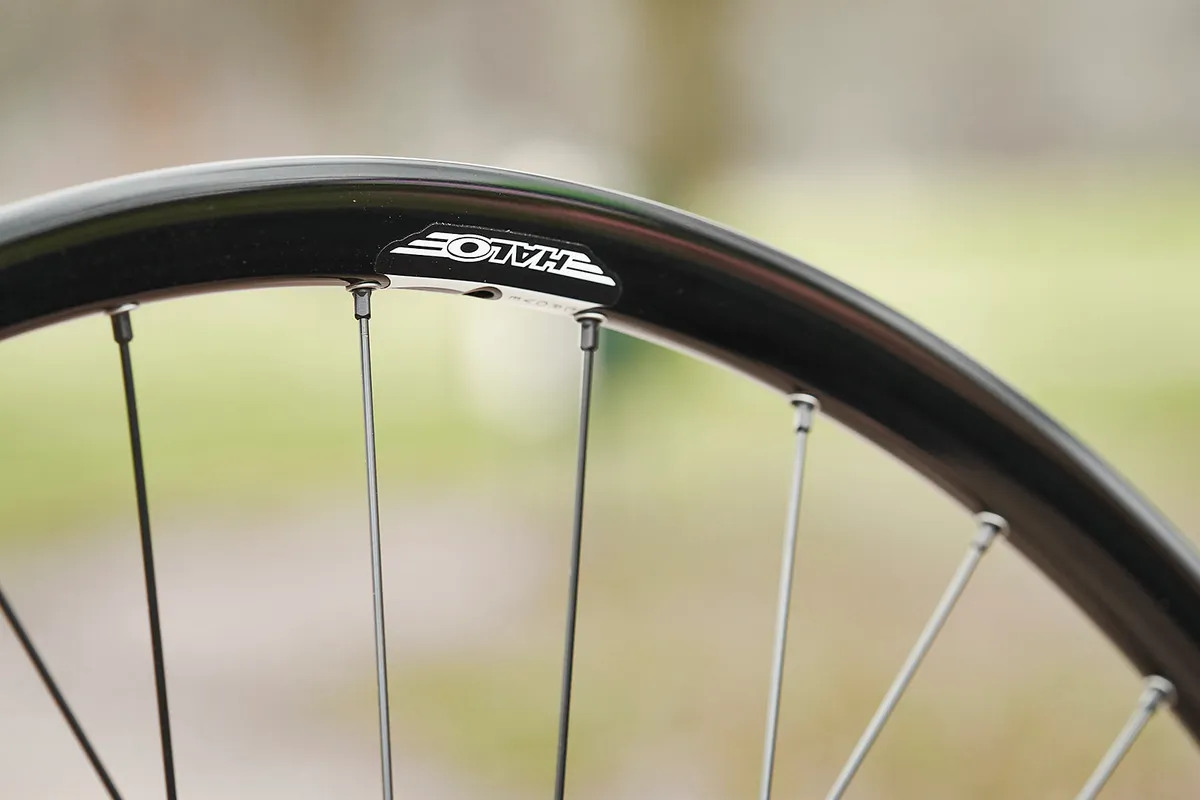
The Halo Drove Line 700C alloy wheelset features a 21mm-wide internal rim channel, with a 26mm external width.
For an alloy wheelset, this is right on the money for a progressive design, matching only the Ere Research Explorator GCR40 wheelset in its 2024 test cohort for internal width.
Small surprise, then, that both stand out as wheelsets that slot into the all-road / gravel-capable category, although the Drove Line is oriented more towards stable and sturdy performance – there’s almost no consideration for aerodynamics.
Halo says the Drove Line wheelset is capable of sporting 700x25-45c tyres, and is tubeless-ready. Rim tape is supplied and fitted, but tubeless valves aren’t, so you’ll need to buy some valves to complete a setup.
Given the £329.99 asking price, that’s not the end of the world, though, while those favouring a clincher setup are catered for thanks to the hooked rim.
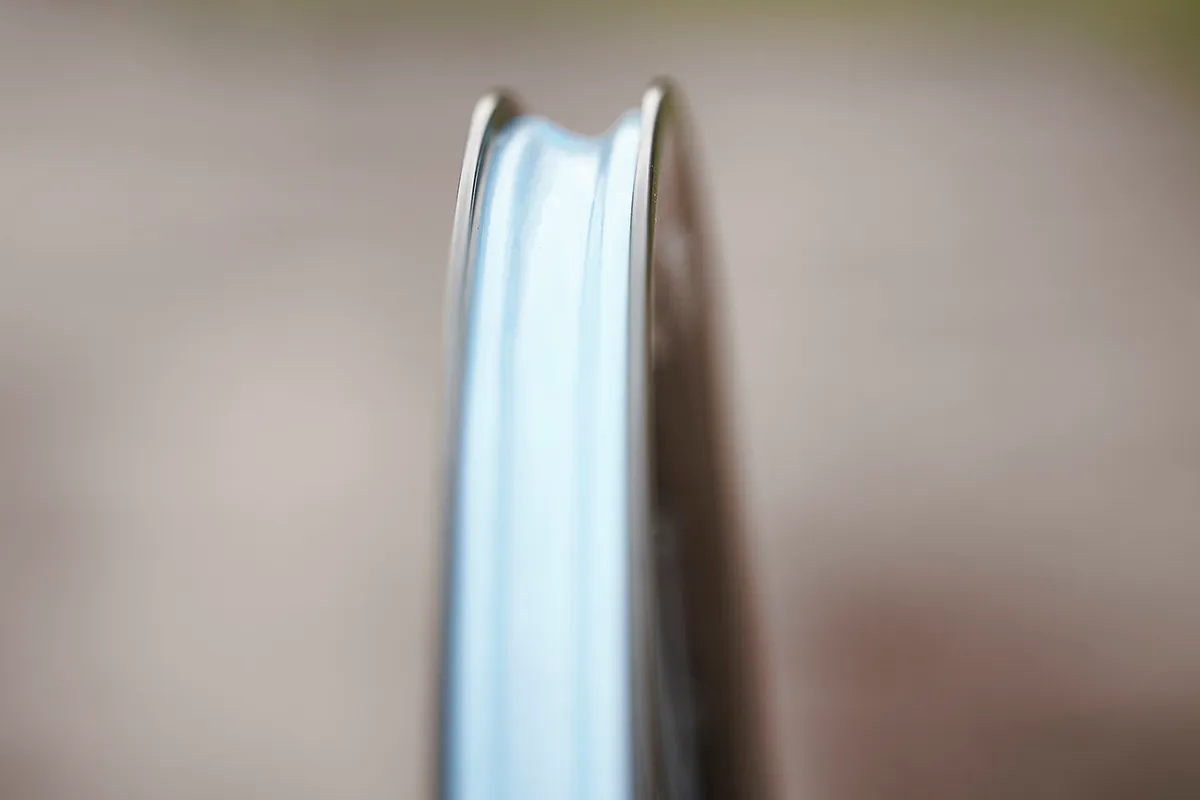
Corrosion-resistant brass spoke nipples with a protective electrophoretic deposition (ED) coating are used (as opposed to lighter alloy nipples), attaching to steel spokes with a similar ED treatment.
These fit through stainless steel eyelets in the alloy rim – 32 apiece front and rear.
Halo has opted to make the hubs compatible with six-bolt disc brake rotors, which will represent an added consideration for users currently using rotors with the Center Lock standard.
The fact is, you’ll need to buy six-bolt rotors if you don’t have a set already, which will be an annoyance to some, while costing more than the valves will.
The Ridge Line freehub – designed initially for mountain bike use – uses a four-pawl system with a 36-tooth ratchet ring. This translates to a 10-degree engagement angle.
Generally speaking, off-road riders will put more stress on such components, so from a durability perspective, the signs are good on paper if your plan is to use this wheelset on the road or cross-terrain. Halo says the bearings are sealed.
The Drove Line wheelset isn’t light, tipping my scales at 2,096g.
However, to dwell too long on this misses some of the point of these wheels, while the performance isn’t what I had feared.
The Drove Line wheelset is also available in a 650b variant, and can be made compatible with 15mm thru-axles and quick-release axles aftermarket. As you might expect, the hubs are compatible with 12mm axles as standard.
Halo Drove Line 700C performance
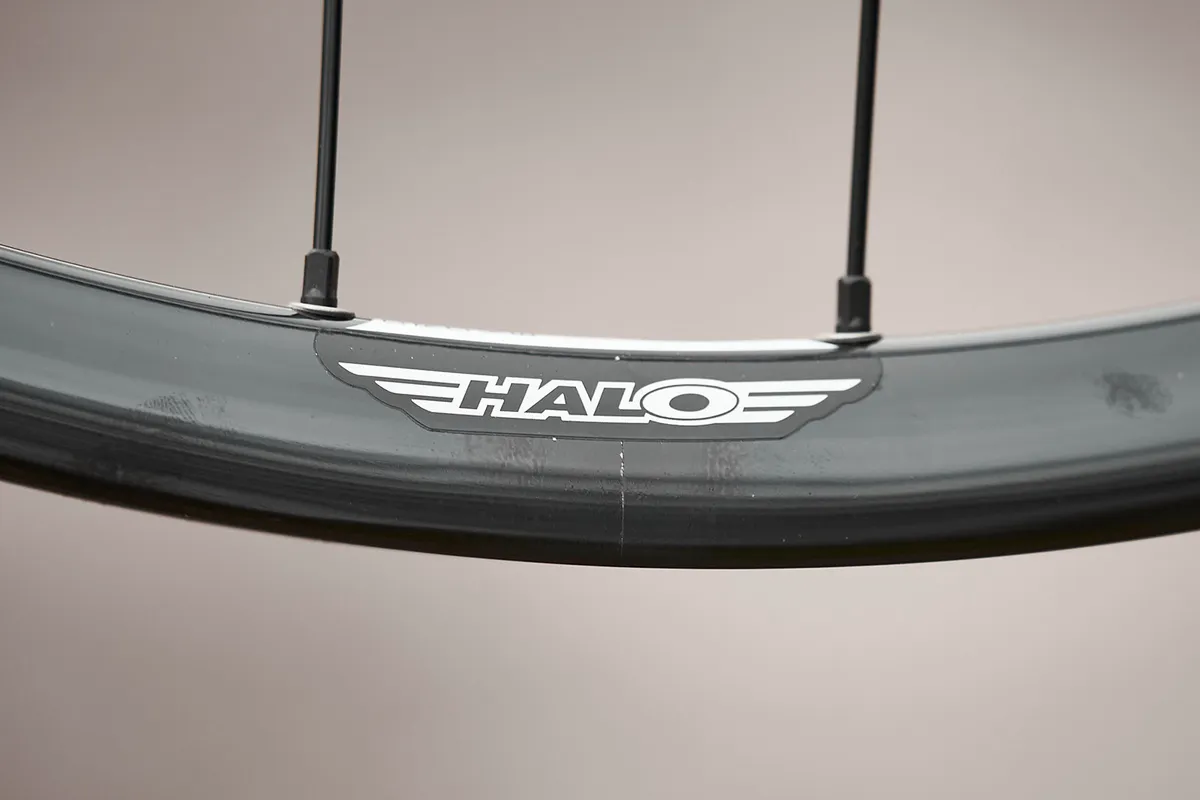
I used some Deda Elementi valves to complete the tubeless system.
Setup was as easy as can be expected, with the usual final lever pry required to get the tyre over the rim.
The tyre popped into place with the use of a track pump for the tubeless setup, while there were no issues with my subsequent clincher setup across both wheels.
There’s no doubt the 2kg-plus weight has an influence on climbing performance if you compare the Drove Line 700C directly to the wheelsets it was tested alongside (which are, admittedly, more expensive).
Reactivity feels relatively sluggish on climbs, and putting the hammer down yields more sedate responses than its rivals when tackling a steep climb.
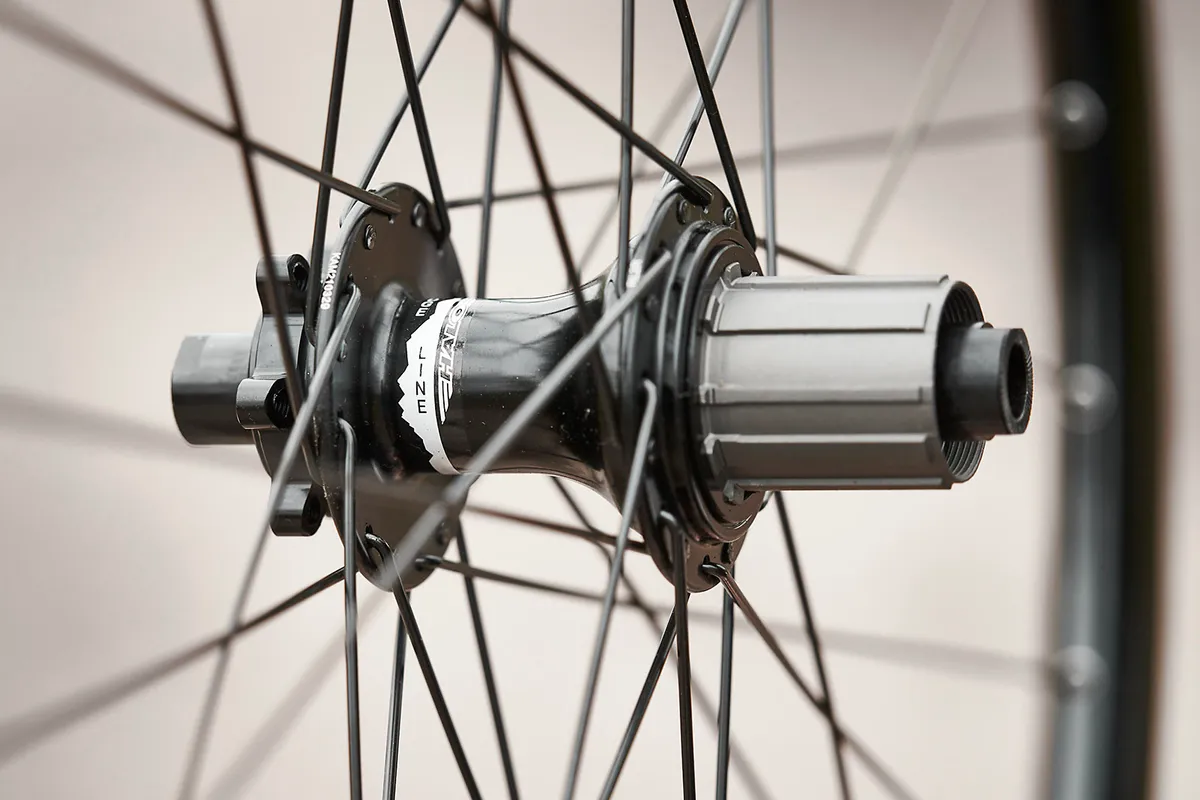
To a degree, the cheaper price tag would appear to have resulted in deserving performance here.
But, as I’ve hinted, to discount the Drove Line wheelset just because it’s a little weightier than its rivals would be to miss some appealing plus points.
When venturing over lighter gravel, the experience feels very composed, and I’d argue the weight is something of a bonus – instead of skipping or bouncing over rough terrain as lighter wheels can, the Drove Line seems better able to hold a more consistent line.
Fundamentally, the ride quality is excellent, and it dulls harsher road-based surfaces very well.
This comes as no surprise given the fortified construction and intended use cases, but the rim dimensions enabled my 700x28c Hutchinson Challenger TLR tyres to inflate to nearly 29mm wide, which in turn afforded some benefit to comfort.
I’m also pleasantly surprised by the turn of speed on the flat.
A 24mm-deep rim, paired to 32 round spokes front and rear, isn’t aerodynamically efficient in anyone’s book, but I was able to tap out a rhythm and maintain a satisfactory speed without the sensation that I was fighting the wind at all times.
Yes, deeper rims are almost certainly more efficient, but it’s not until you reach the likes of the Ere Research Explorator GCR40 (40mm) and the Hunt 34 Aero Wide Disc SL (34mm) that it becomes notably apparent.
Any shallower, and the aero benefits – in the real world, at least – practically disappear.
Also impressive was the sense of solidity and stiffness when I put in hard out-of-the-saddle efforts at speed.
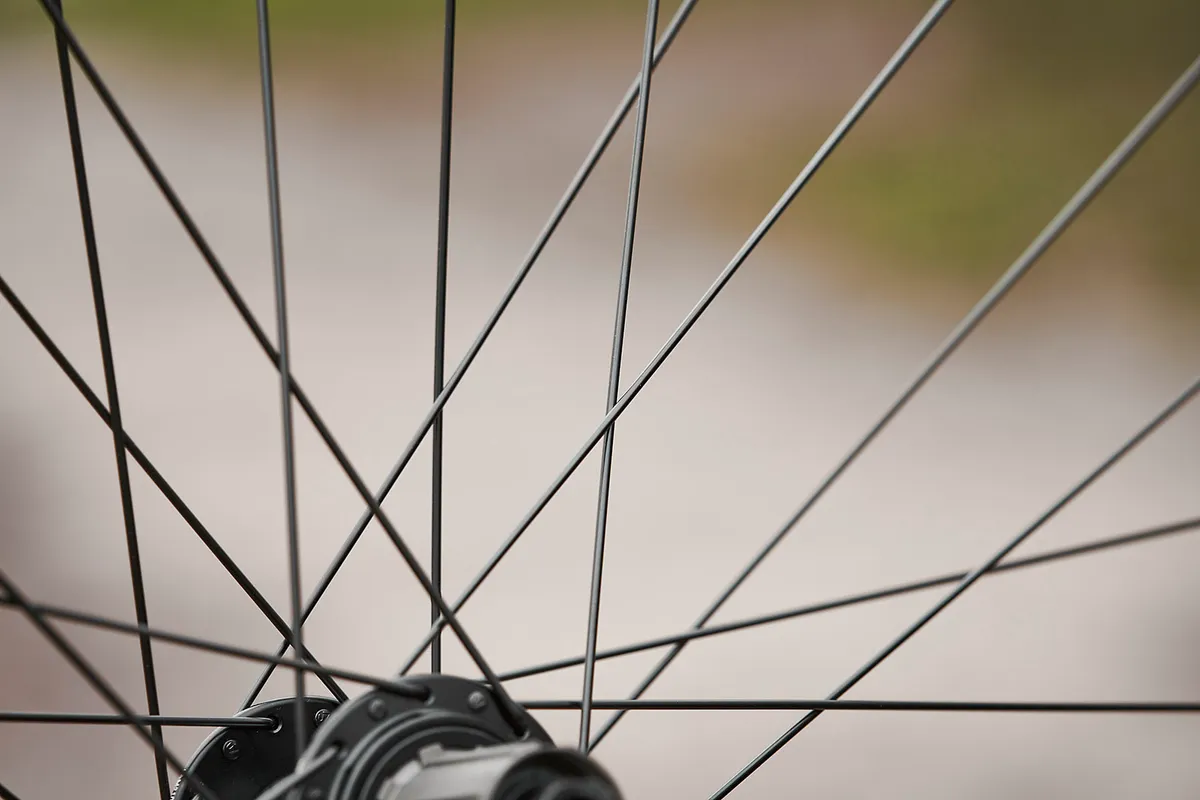
All things being equal, a lighter wheelset will give a sharper response and more immediate sense of acceleration, especially at lower velocities, but when you’re tapping along at a decent speed already, the perceptible gap in performance is closed.
I couldn’t sense any flex in the wheels, and the freehub picked up as quickly as most will ever need.
Assuming you don’t need to spend more money on six-bolt rotors to accompany the Drove Line wheels, the price tag represents decent value – also assuming climbing performance isn’t a top priority for you.
Compared to most OEM wheelsets that come with bikes at the cheaper end of the spectrum, I think the Drove Line offers a decent, if modest, overall upgrade.
I didn’t have enough time with the wheels to test ultimate durability. However, because MTB riders tend to give freehubs an especially hard life – for which the Ridge Line hubs are designed – I’m optimistic any rider should see a good shelf life.
Halo Drove Line 700C bottom line

Solid and seemingly dependable for a decent price, there’s plenty to like about the Halo Drove Line 700C wheelset.
Although weighing more than 2kg, this isn’t the ride-ruining factor you might expect. Unless you want your wheelset to excel on climbs, the Drove Line wheelset will keep many riders interested.
I would prefer a Center Lock disc brake rotor setup, but that will be less of an issue for those already using six-bolt rotors, or those willing and able to switch rotors.
How we tested | Alloy road wheelsets
We tested seven alloy disc brake tubeless wheelsets over the winter of 2023/24. Each was fitted to a Fairlight Strael 3.0 test bike, with the same setup used wherever possible*.
Hutchinson Challenger TLR 700x28c tyres were used for testing, with a tubeless installation carried out to gain an indication of setup ease.
For the test rides, we deferred to a clincher setup with butyl inner tubes – to reflect this very common setup and make changeovers a little easier, faster and less wasteful of sealant.
*The same Shimano RT-MT800 Center Lock rotors were used for all test wheels, except the Halo Drove Line 700C, which required the use of six-bolt discs.
Wheelsets on test
- Roval Alpinist SLX Disc
- Hunt 34 Aero Wide Disc SL review
- Ere Research Explorator GCR40
- DT Swiss AR1600 Spline
- Mavic Ksyrium S Disc review
- Miche Syntium Aero
- Halo Drove Line 700C
Product
| Brand | Halo |
| Price | £330.00, $382.00 |
| Weight | 2096g |
Features
| Rim material | aluminium |
| Brake type simple | disc |
| Hubs | Halo Ridge Line |
| Spokes | Stainless steel |
| Freehub | Shimano |
| Rim depth | 24mm |
| Rim internal width | 21mm |
| Features | Width: 26mm external Axle: 12×100mm front; 12×142mm rear |
| Spoke count | 32 |
| Spoke count | 32 |
